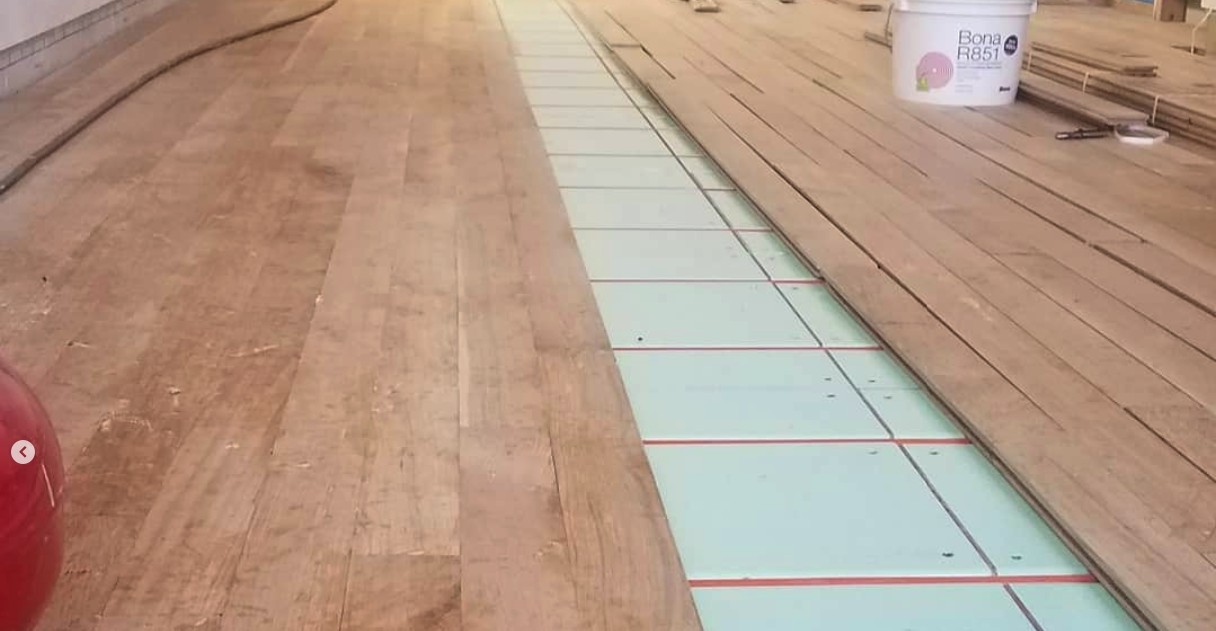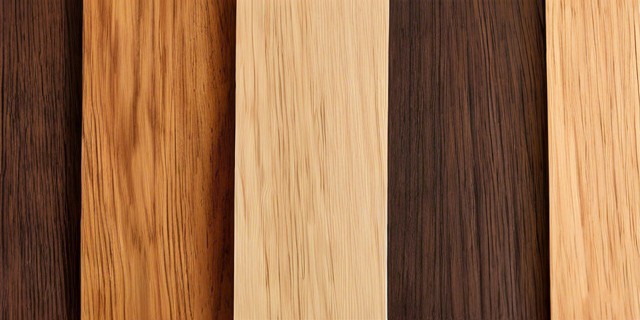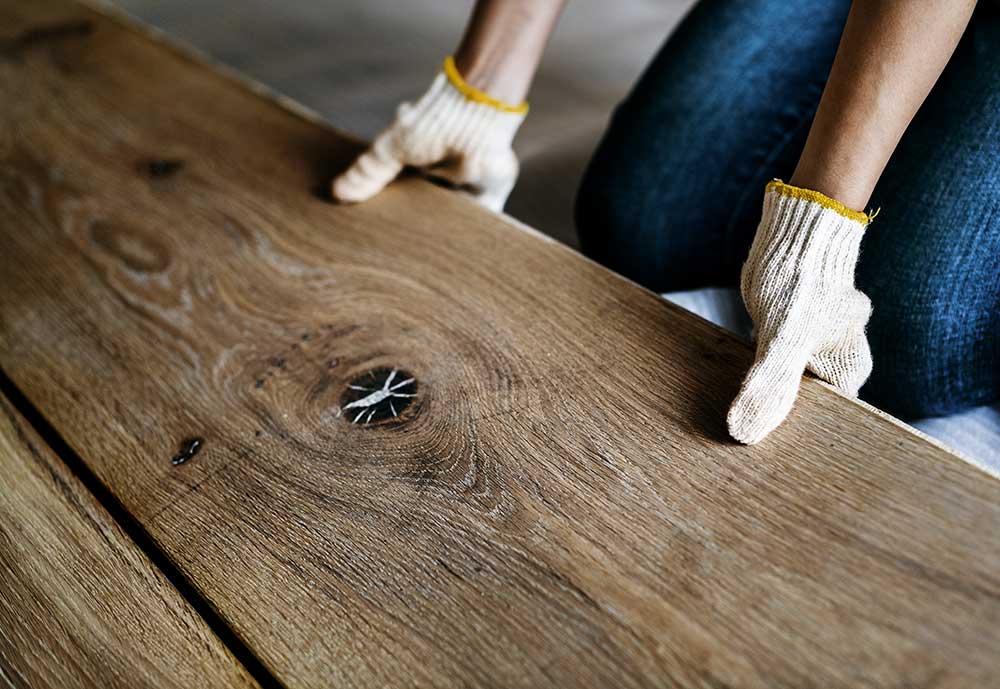Radiant Heat Over My Existing Floor?
Are you considering adding a radiant heated floor over your existing floor? It could be one of the best decisions you make. A radiant heated floor means no more radiators clanking in the night and no noisy vents. No longer will you have a dust-spewing ductwork that triggers any allergy. This is why radiant floor heating is becoming a popular option. The heat is produced by hot water tubes or electric wires that are buried under the flooring. When the invisible thermal radiation rises from below, any object that comes in their way catches heat.
Although the air temperature stays constant, the surrounding surfaces are not stealing warmth from your body, ensuring your comfort at all times. Although floor heating temperatures do not harm the wood, different moisture contents eventually cause it to move in several ways. When installing hardwood or any other kind of floor in a home or office, the moisture level plays a major role in successful floor performance.
Considering Moisture Levels-
Adding heat to the floor makes moisture a critical factor. The heating contractor and the wood floor installer must be cautious of a few important considerations when combining floor heating and wood floors. Almost all movement in a wood floor is because of moisture. Consequently, the more constant the moisture content is, the fewer problems your floor will have over its life-span.
Cracks in the board and gaps are due to low moisture levels. The surface may warp or cup when the moisture content is uneven or too high. Whatever the case, it generally happens as a result of the wood not adjusting to its surroundings before installation. All heating contractors
must follow these rules to prepare radiant heated floors for maximum performance.
• Even Heat (The subfloor should level)
• Low Temperature (The subfloor temperature should be as low as possible)
• Acclimation (The subfloor or slab must be dry)
In conclusion,
A welcoming and warm wood floor is all you want on a chilly winter day or a long cold night. Radiant heated floors don’t just look great, but also they will add comfort and convenience to your home. There are numerous types of wood flooring used over heated floors. All types of flooring must be dimensionally stable and not likely to be affected by moisture, regardless of whether you are investing in engineered, laminated, or solid wood flooring.



